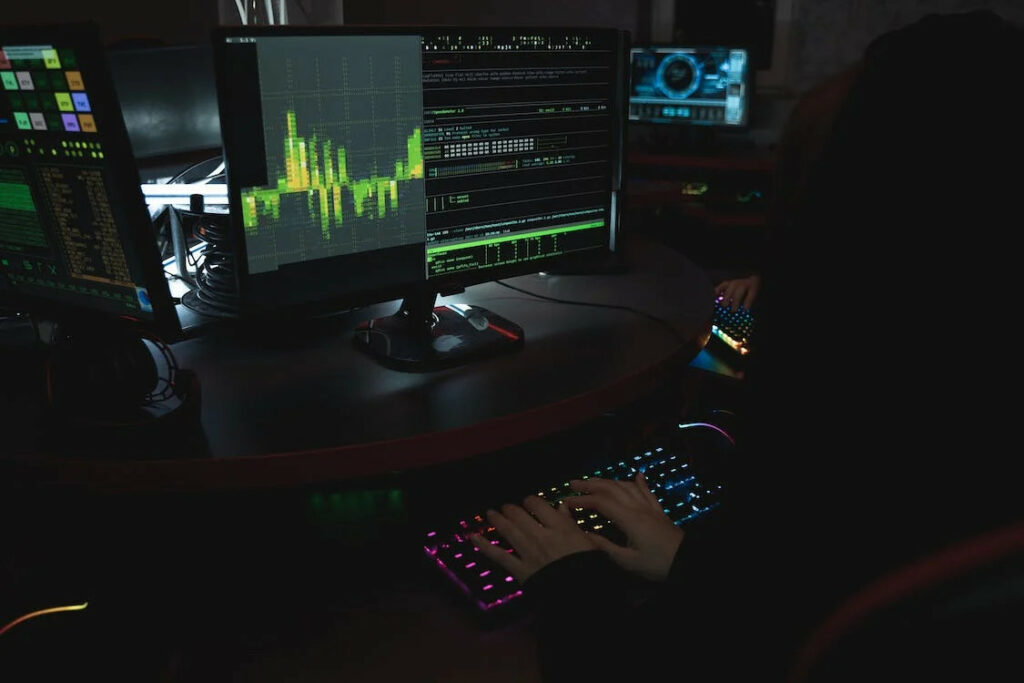
Are You Protected From a Ransomware Attack?
What’s a Ransomware?
A Ransomware is a malware that can permanently block or encrypt your sensitive information unless you pay to get it back. So this is exactly a kind of ransom, and that’s why it’s called ‘’Ransomware’’.
A Ransomware Attack is a serious threat to your device: it will be blocked until you pay. If you are an individual user, it will block only your PC. But if you’re a team or a business, it’s even worse: in fact, a ransomware can also block the access to all your PCs, to all your data, even encrypting it.
The lock-screen ransom will lock your PC: on the computer screen will be displayed a message with a ransom demand by the criminal.
The ransom encryption can also mess up all the company network. At the end of summer 2013, the Cryptolocker was discovered: it targeted small and medium-sized enterprises, and it infected millions of users. But how does it work? It simply launches a search on all the folders and drives of a system and starts to encrypt all your files, using a 2048-bit encryption, that is virtually impossible to decrypt. The only way to receive the decryption key and have your data back is to pay the ransom.
Of course, Cryptolocker is not the only ransomware. There are many dangerous malware like that one: Reveton WannaCry, WinLock, Petya, etc. They all have infected millions of users.
So you can understand how dangerous a ransom attack is for your confidential information. Contact us today if you would like an evaluation of your system and to see if your data is at risk.
How does a ransomware infect your system?
A ransomware can come from different places, but usually, your PC gets infected after you click a malicious link – often received through emails. These emails will ask you to click on a link or download a program, that seems to be legitimate: but it’s not. It’s malicious.
A ransomware can also infect a system thanks to an unpatched vulnerability.
How can you protect your files from a Ransomware attack?
There are many actions that you should take to protect your data.
· Visit only secure websites. In fact, many fake banner ads hide every kind of virus and malware;
· Do not open email coming from unknown senders. As we saw above, often the ransomware starts to infect your system when you click on spam or phishing emails;
· Do not click on shortened links: hackers often hide a dangerous virus behind short links. But fortunately there are many tools on the web, that can be used to test shortened links. They will show you which is the real website the links are related to so be sure to use those tools when you’re dealing with a shortened link.
· Always update your operating system and the antivirus software: hackers usually take advantage of the little breaks in the Operating Systems: updating it, you will reduce the chances for hackers to infect your files. And the same for the antivirus software.
· Backup your data regularly: if your system is blocked due to a ransomware attack, you will easily recover your data.


Leave a Reply